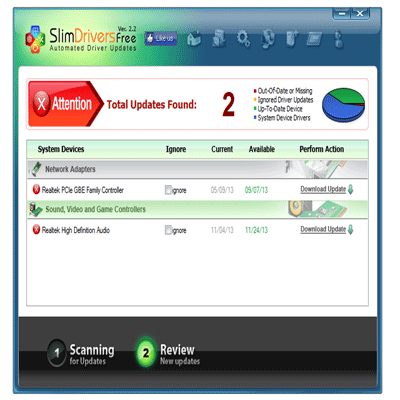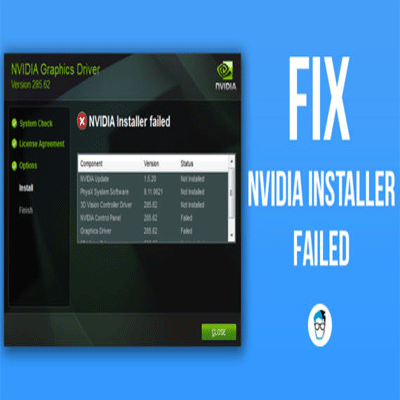If you find the “Teredo Tunneling Pseudo Interface” on your computer, it is certainly not dangerous software. We’ll show you what’s behind the service and whether you really need it.
Teredo Tunneling Pseudo Interface – what is it?
- The Teredo Tunneling Pseudo Interface enables data to be exchanged over the Internet. This means that you can access IPv6 with your computer even though the hardware only supports IPv4.
- Once the service has started, it may communicate continuously with the Microsoft Teredo servers. However, this communication does not slow down your Internet connection or your computer.
- The service is always started on some Windows computers. However, it is not worth using for normal users. Only if a program explicitly uses the Teredo Tunneling Pseudo Interface is it correctly activated.
Deactivate Teredo Tunneling Pseudo Interface – this is how it works
Even if the Teredo Tunneling Pseudo Interface is not used by most users, it does not interfere with operation. Deactivation is therefore not absolutely necessary.
- Open the Control Panel and select the “Network and Sharing Center” under the “Network and Internet” category.
- Click on “Change adapter settings” on the left and right-click on the LAN adapter to open the “Properties”.
- Deactivate the option “Internet Protocol Version 6 (TCP / IPV6)” and close the window with the “OK” button.

While the Teredo Tunneling Pseudo Interface is a trustworthy service, ad or malware quickly ends up on a system. In this video we will show you how to get rid of them.
Teredo, What is it & What Function Does it Have on our Computer?
Teredo is a system that is responsible for the operation of the transition of network packets to different technologies. In a simple way and so that it can be understood effectively, Teredo Tunneling Pseudo-Interface is in charge of carrying out an exchange so that the devices that work in IPv4 can understand the data of devices that work in IPv6. Without its correct configuration, you can have network and connectivity problems when using specific applications or programs.
This protocol is increasingly sought after and since its incorporation with Windows 7, it has helped improve the operation and understanding between products with different datagrams. If, for example, you use the Xbox application “Xbox Live” on your computer, you will most likely have this type of incompatibility error.
You will see the message “Teredo cannot qualify” appear on your screen. This can certainly affect your multiplayer experience, blocking the connection that prevents access to the network. In fact, in the NAT Type section you will see the message “Blocked”, but it is not the only case in which we can find this type of error. This occurs because there may be a program or application installed that is blocking its normal operation. Tools like Asus Game Center tend to generate these errors that can be solved with a few simple tips.
Errors in Xbox Live & its Voice Chat
Although there are other problems, one of the most frequent is found in the use of Xbox Live on a computer. The protocol that we bring you is only necessary for the connection to the multiplayer mode and also to access the voice chat. If there is a blockage, you will not be able to access it and you can check the status of the connection by clicking on the “Settings” section and then on the “Network” tab.
If you have carried out the check and the message to see is “Blocked”, you may have this protocol incompatibility problem.
Handling the Teredo Tunneling Adapter
There are different solutions that can restore normal operation to users who have faults in this regard. At present, we can carry out different processes, in order to solve the problem using the tools that Windows puts at our disposal. Microsoft’s Teredo Tunneling Adapter can be modified to avoid connectivity problems that can be experienced in data editing and mixing.
A common problem is found in the configuration of the Xbox voice chat and its operation on PC. You will see that on most computers, you will automatically exit as disconnected while your companions from the console will hear and play perfectly.
Here are some of the possible solutions to this problem. These can be applied to Windows 10 perfectly and also to previous versions up to Windows 7.
Microsoft Automated Solution
First of all, we find the fastest and easiest process of how many are usually used. This is the automated method and its operation allows us to repair the problem without having to perform any manual tasks.
To start the process we must download the official Windows program, Microsoft Easy Fix. You have a lot of information available about it on the Microsoft forum. Its download and start-up are completely free. This tool is in charge of looking for errors, including network protocols, and solving them. We will not have to manipulate anything manually, when the process is finished we just have to restart the PC so that all the changes are applied.
Driver Update In Windows
The second option that we bring you is the update or reinstallation of network drivers. This can be done manually and with this it is possible to restore the parameters to their origin, thus avoiding any modification that a subsequent installation may have made.

To carry out the procedure you can access the Windows drivers guide. Editing and modification are done from the device administration panel. You can find it by entering its name in the launch bar. Once inside, find your network drivers and right-click reinstall them.
We hope that with these two options you have been able to put an end to the Teredo Tunneling Pseudo Interface problems and that your computer will be able to work and share data in IPv4 again using all the synchronizations that this protocol handles.











